Pupusas Recipe are the heart and soul of Salvadoran cuisine, beloved by locals and cherished by food enthusiasts worldwide. These delightful stuffed corn tortillas encapsulate the rich flavors and cultural heritage of El Salvador. In this article, we’ll explore the traditional recipe for pupusas, including the essential ingredients and step-by-step preparation process.
Ingredients:
- Masa Harina: This is the main ingredient for making the dough. Masa harina is a special type of corn flour that’s been treated with lime, creating a doughy consistency when mixed with water.
- Water: The water is used to hydrate the masa harina and form it into a pliable dough.
- Filling Ingredients: Pupusas can be filled with a variety of ingredients, but some popular options include:
- Queso Fresco: This is a soft, fresh cheese that melts beautifully when heated, providing a creamy texture and mild flavor.
- Refried Beans: Cooked beans mashed and seasoned with salt, often mixed with cheese or pork for added flavor.
- Chicharrón: Crispy fried pork belly or pork rinds, chopped finely and mixed with spices for a savory filling.
- Loroco: A type of edible flower native to Central America, which adds a unique floral flavor to the pupusa filling.
- Curtido: This is a traditional Salvadoran cabbage slaw that’s served alongside pupusas. It’s made from shredded cabbage, carrots, onions, and oregano, marinated in vinegar and seasoned with salt and pepper.
- Salsa: A spicy tomato-based sauce or salsa is often served with pupusas, adding an extra kick of flavor to each bite.
Preparation:
- Prepare the Masa Dough:
- In a mixing bowl, combine the masa harina with water, using a ratio of approximately 2 cups of masa harina to 1 ½ cups of water. Adjust the amounts as needed to achieve a smooth, pliable dough.
- Knead the dough for several minutes until it becomes smooth and elastic, adding more water or masa harina as necessary to achieve the right consistency. The dough should be soft and not too sticky.
- Prepare the Filling:
- Depending on the filling you choose, prepare the ingredients accordingly. For cheese filling, crumble or grate the queso fresco. For bean filling, cook and mash the beans, seasoning them with salt and any desired spices. For chicharrón filling, finely chop the fried pork belly or pork rinds and mix them with spices. For loroco filling, finely chop the loroco and mix it with cheese or beans.
- Divide the filling ingredients into small portions, making sure you have enough for each pupusa.
- Form the Pupusas:
- Take a small handful of masa dough and roll it into a ball, about the size of a golf ball.
- Flatten the dough ball into a thick disc, approximately ¼ to ½ inch thick, using your hands or a tortilla press. Make sure the edges are slightly thicker than the center to prevent the filling from leaking out.
- Place a portion of the filling in the center of the flattened dough disc, then fold the edges of the dough over the filling, sealing it completely. Use your hands to shape the pupusa into a smooth, round disc, making sure the filling is evenly distributed.
- Cook the Pupusas:
- Heat a griddle or non-stick skillet over medium heat and lightly grease it with oil or cooking spray.
- Carefully transfer the formed pupusas to the hot griddle and cook them for 3-4 minutes on each side, or until they are golden brown and crispy on the outside, and the filling is heated through.
- Flip the pupusas halfway through the cooking process to ensure even browning and cooking.
- Once cooked, remove the pupusas from the griddle and transfer them to a plate lined with paper towels to drain any excess oil.
- Serve the Pupusas:
- Pupusas are traditionally served hot, straight off the griddle, accompanied by curtido and salsa.
- To serve, place the pupusas on a platter and garnish them with a generous portion of curtido and a dollop of salsa on the side.
- Encourage diners to tear off a piece of pupusa, dip it in the curtido and salsa, and enjoy the burst of flavors with each bite.
Tips and Variations:
- Experiment with different fillings and combinations to create your own unique pupusa flavors. Try mixing cheese with beans, adding vegetables like spinach or squash, or incorporating meats like chicken or beef.
- For a healthier alternative, you can make pupusas with whole wheat or multigrain masa harina, and fill them with lean protein and vegetables.
- If you don’t have access to masa harina, you can substitute it with cornmeal mixed with water and a pinch of salt, although the texture and flavor may vary slightly.
- Pupusas are best enjoyed fresh and hot, but any leftovers can be stored in an airtight container in the refrigerator and reheated in a skillet or microwave before serving.
In conclusion, making pupusas at home is a fun and rewarding culinary adventure that allows you to experience the authentic flavors of El Salvador in the comfort of your own kitchen. With simple ingredients and easy-to-follow instructions, you can create delicious pupusas that are sure to impress your family and friends. So gather your ingredients, roll up your sleeves, and get ready to enjoy a taste of El Salvador with these irresistible stuffed corn tortillas.


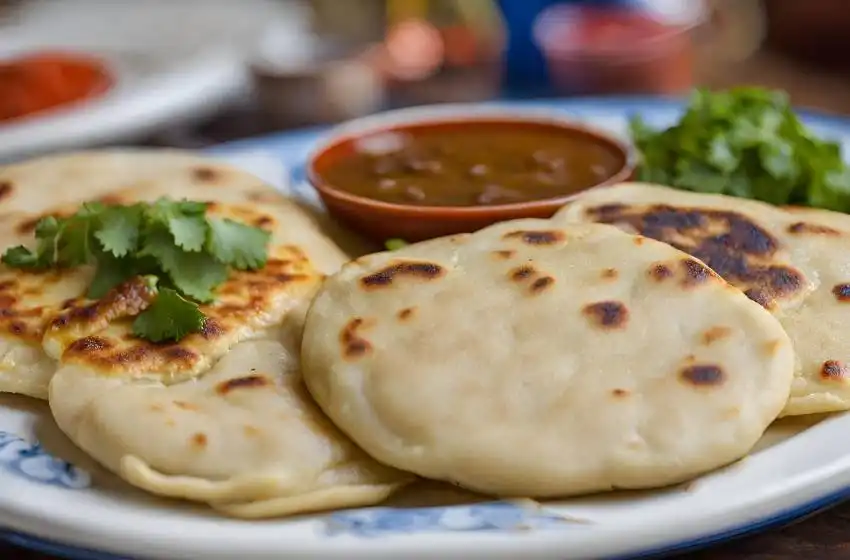
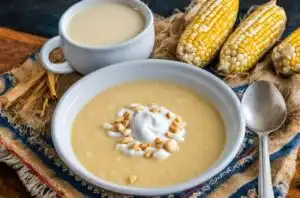
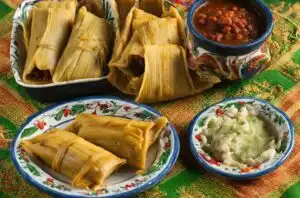

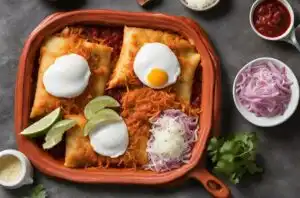
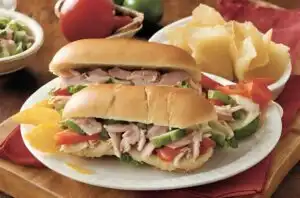
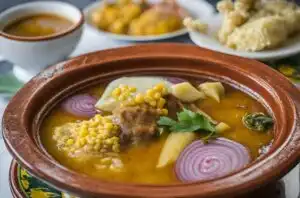
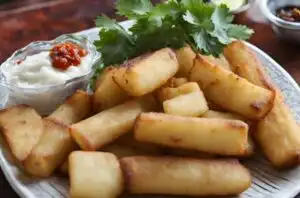
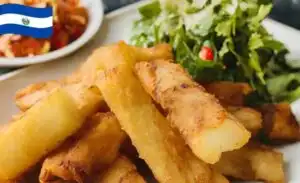


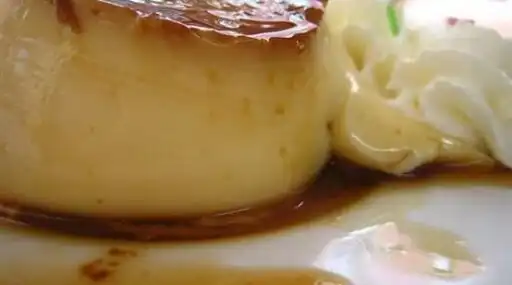
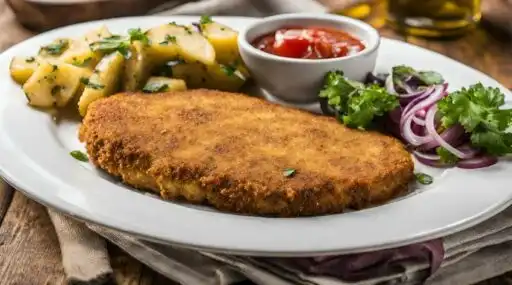

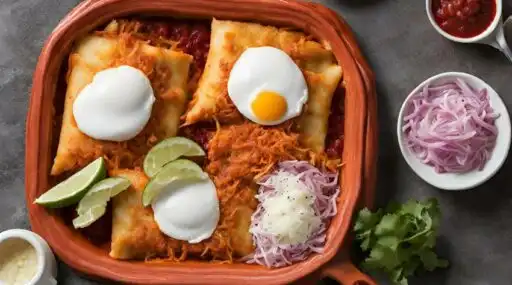
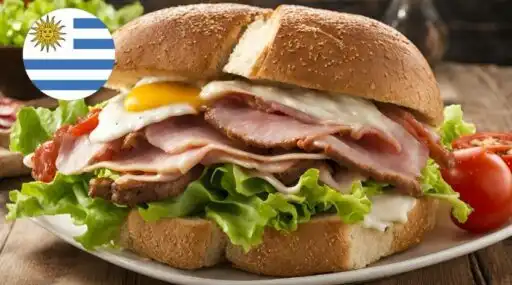

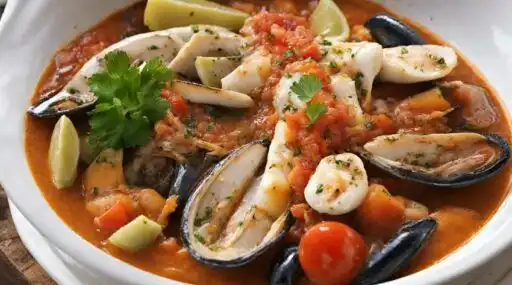

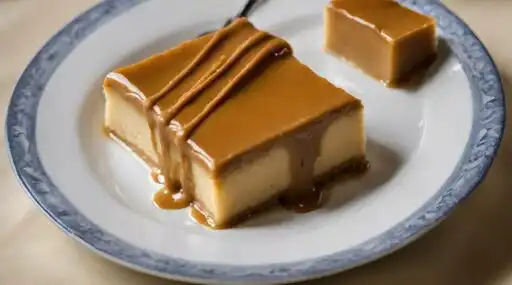






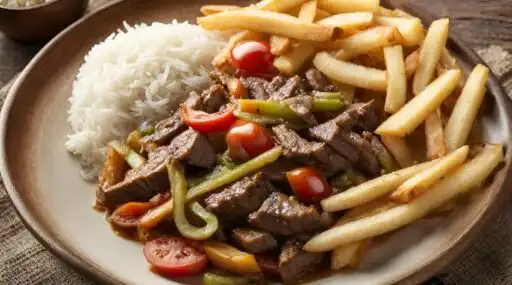

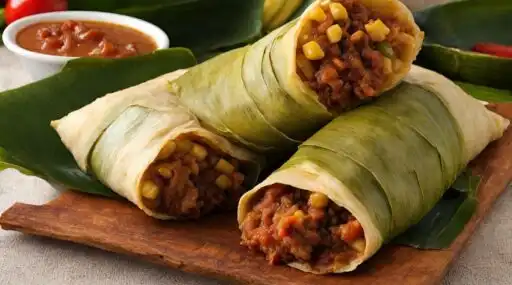





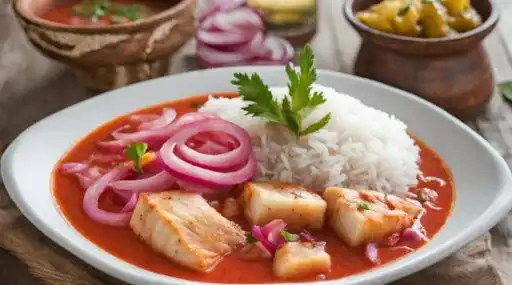




Leave a Reply